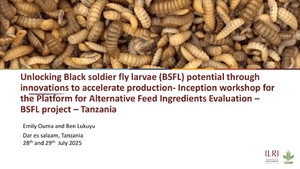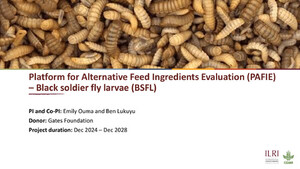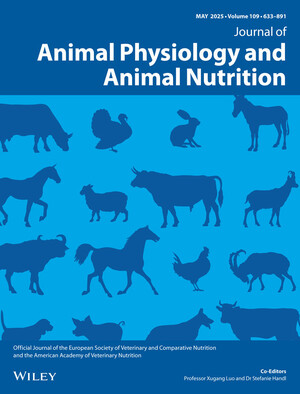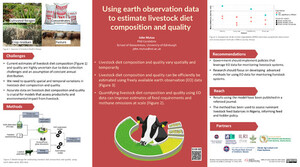
Nutritional content of different feed and fodder resources in different agroclimatic zones of Odisha
Abstract
Feed (nutrition) is an important component in livestock rearing and a major factor affecting the development of viable livestock industries in rural economies. With feed being the major input factor in all livestock production systems, the production/productivity of livestock is strongly linked to feed resource availability. Makkar (2016) argues that feed costs account for up to 70% of the total variable cost of livestock production and may reach 90% in more intensive farming systems. Therefore, the availability of, and access to, good-quality feed will improve ruminant livestock productivity, resulting in lower age at first calving and shorter inter-calving, thus increasing productive life and profitability (Linde et al. 2002). Thus, any attempt to enhance feed availability and minimize feed costs would result in high profit margin for the livestock owner (IGFRI 2013). However, at present India faces a net deficit of 32% green fodder, 23% dry fodder and 36% concentrate feed ingredients (Government of India 2016).
Citation
Swain, B., Rahman, H., Jones, C., Teufel, N. and Prasad, K.V.S.K. 2022. Nutritional content of different feed and fodder resources in different agroclimatic zones of Odisha. ILRI Project Report. Nairobi, Kenya: ILRI.










